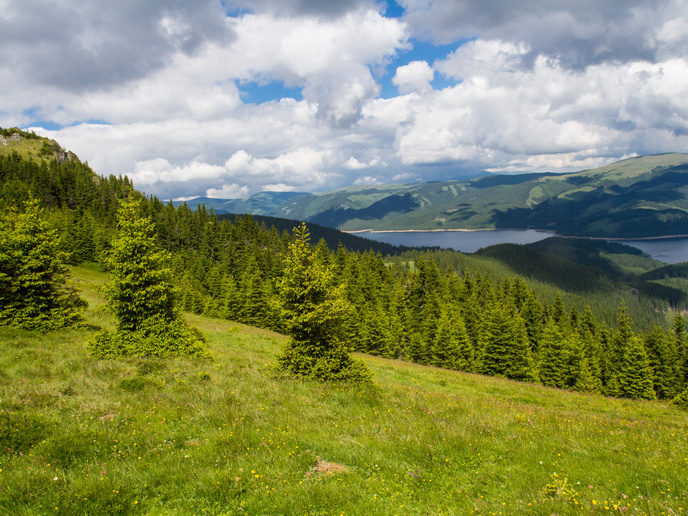Arctic science holds the key for more accurate weather predictions in Europe
From deadly floods in Belgium and Germany to devastating fires in Greece and California, extreme weather in large areas of the northern hemisphere dominated headlines throughout the summer. How can we improve our ability to forecast and prepare for such phenomena? By turning our attention to the Arctic, say researchers. “A focus on the Arctic is important because the changes taking place there due to climate change – the retreat of sea ice, warming seas and atmosphere – have the potential to influence weather and climate in the midlatitudes,” explains Thomas Jung, climate scientist at the Alfred Wegener Institute’s Helmholtz Centre for Polar and Marine Research. Jung coordinated the project APPLICATE (Advanced Prediction in Polar regions and beyond: Modelling, observing system design and LInkages associated with ArctiC ClimATE change), which brought together partners across Europe to improve our understanding of these linkages and deliver the capacity for effectively enhancing predictions for the polar region and beyond.
Filling in the gaps
The team developed a number of important approaches enabling more accurate forecasts, including those of extreme events. Advanced climate modelling played an important role. This involved taking stock of existing observation systems for various modelling applications, establishing the performance of these models and designing improved models based on thorough comparisons with observations. APPLICATE also carried out a gap analysis to identify shortcomings in the existing observation systems and assessed how much forecasts could be improved by filling in these gaps. “One of the main take-home messages from the experiments is that a lot can be gained by making more effective use of existing observations,” Jung says. The lower atmosphere, including the air-ice-ocean interface, which is known to play a pivotal role in weather and climate prediction, was a key focus of model improvements. Advancing the representation of the atmospheric boundary layer including clouds, sea ice and snow, for example, contributed to improving operational prediction of near-surface weather parameters such as temperature and rain. Satellite data was a key source of information driving these advances. Existing and new Earth observation of parameters such as sea ice thickness and ice drift directly fed into model assessment and development efforts.
Early warning
The project team carried out a number of case studies to explore how these predictions could be used for real-world problems. For instance, they examined the risk and impacts of heavy rainfall in Svalbard during autumn and winter. For the archipelago located between mainland Norway and the North Pole, such weather events could become a major challenge in a rapidly warming world. “Extreme precipitation events can trigger landslides and slush avalanches, often followed by freezing conditions impacting ground ice formation, which can require closing of roads and airports, affecting population mobility and reducing income from tourism,” Jung adds. Such events can also starve wild reindeer by blocking access to food resources. The study of events involving heavy rain over recent winters enabled the project to identify the weather patterns responsible and to predict the likelihood of such events on 2-week to 2-month timescales. The team could thereby make a direct contribution to creating an early warning system and improving the population’s preparedness. To help APPLICATE’s results inform future research, a set of key resources will remain accessible on public repositories, including the APPLICATE Data Portal, Zenodo and Google Scholar.
Keywords
APPLICATE, climate change, Arctic, weather, forecasts, predictions, climate modelling, observation, preparedness







